-
Dogs

9 Reasons Why Huskies Are The Weirdest Dog Breed
Have you ever wondered what it would be like to own a dog that is equal parts adorable and eccentric?…
-
Dogs

Working Tips to Train a French Bulldog Puppy
Are you ready to embark on the exciting journey of training your French Bulldog puppy? Congratulations! These adorable little bundles…
-
Pets
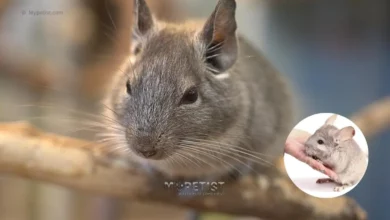
Chinchillas: The Underrated Pet Trend You Need to Try Now!
Are you tired of the same old pets? Looking for a new and unique addition to your family? Well, look…
-
Pet Care
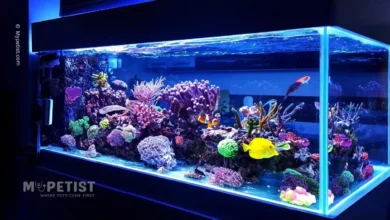
Ultimate Guide To Lighting For Aquarium Plants
Planted aquariums are a great hobby for those who enjoy the beauty of underwater worlds. Aquarium plants add color and…
-
Behavior
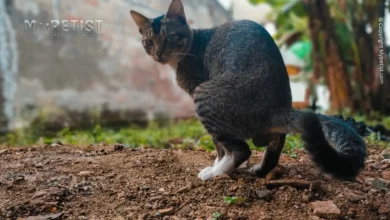
How to Stop Cats Pooping in Your Garden
Do you often find yourself frustrated by the sight of cat poop in your garden? Not only is it unsightly,…
-
Cats
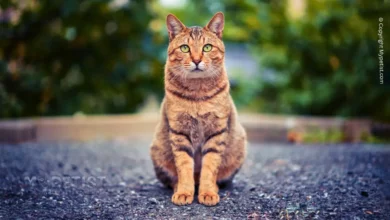
Natural Homemade Cat Repellent: Home Remedies to Keep Cats Away
As a cat lover, dealing with unwanted feline visitors can be a pain. Stray cats, neighborhood cats, and even your…
-
Products
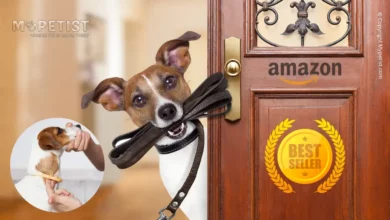
Top 10 Best Dog Collars of 2023
Finding the right dog collar is essential for both a pup’s safety and comfort. The ideal collar should be stylish,…
-
Cats
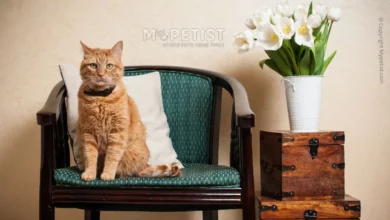
9 Best Cat Breeds for Apartment Living
Living in an apartment does not mean you can’t have a furry feline friend. In fact, cats are great apartment…
-
Behavior
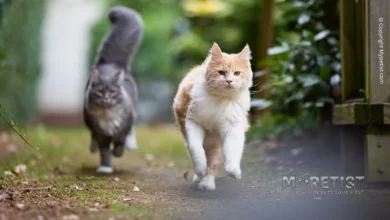
How to Train a Cat to Come When Called
As a cat owner, it’s important to train your feline friend to come when you call them. It’s a skill…
-
Products

Pamper Your Pet: Essential Pet Accessories for a Happy Furry Friend
Pets are more than just animals; they are an integral part of our lives. They are loyal companions who bring…
